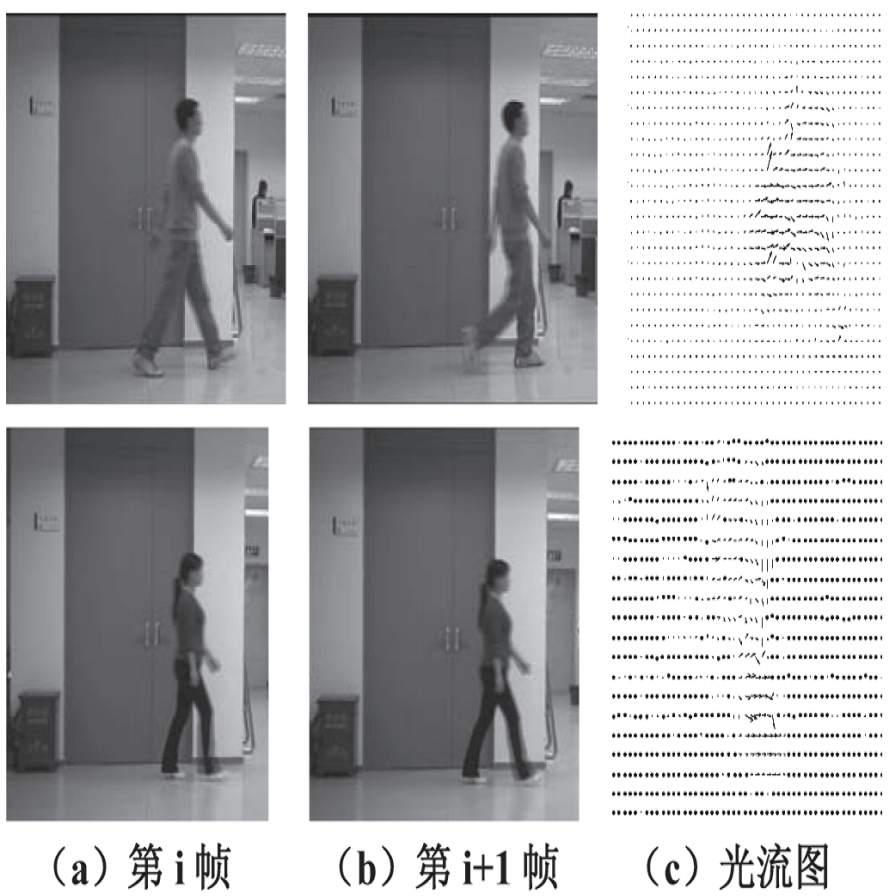Micro-expressions (MEs) are brief, involuntary facial movements that reveal genuine emotions, typically lasting less than half a second. Recognizing these subtle expressions is critical for applications in psychology, security, and behavioral analysis. Although deep learning has enabled significant advances in micro-expression recognition (MER), its effectiveness is limited by the scarcity of annotated ME datasets. This data limitation not only hinders generalization but also restricts the diversity of motion patterns captured during training. Existing MER studies predominantly rely on simple spatial augmentations (e.g., flipping, rotation) and overlook temporal augmentation strategies that can better exploit motion characteristics. To address this gap, this paper proposes a phase-aware temporal augmentation method based on dynamic image. Rather than encoding the entire expression as a single onset-to-offset dynamic image (DI), our approach decomposes each expression sequence into two motion phases: onset-to-apex and apex-to-offset. A separate DI is generated for each phase, forming a Dual-phase DI augmentation strategy. These phase-specific representations enrich motion diversity and introduce complementary temporal cues that are crucial for recognizing subtle facial transitions. Extensive experiments on CASME-II and SAMM datasets using six deep architectures, including CNNs, Vision Transformer, and the lightweight LEARNet, demonstrate consistent performance improvements in recognition accuracy, unweighted F1-score, and unweighted average recall, which are crucial for addressing class imbalance in MER. When combined with spatial augmentations, our method achieves up to a 10\% relative improvement. The proposed augmentation is simple, model-agnostic, and effective in low-resource settings, offering a promising direction for robust and generalizable MER.
翻译:暂无翻译



